#Cultural Heritage of Humanity of UNESCO
Explore tagged Tumblr posts
Text

Μεστά,Χίος
Ένα από τα ωραιότερα χωριά του νησιού. Σε απόσταση 35 χιλιόμετρων νοτιοδυτικά της πόλης της Χίου. Πρόκειται για μεσαιωνικό χωριό, χαρα��τηρισμένο ως διατηρητέο μνημείο.
#Μεστά#Χίος#Ελλάδα#χωριό#Μεσαιωνικό χωριό#Mesta#Chios island#Greece#traditional#village#Mastic Villages#Cultural Heritage of Humanity of UNESCO#Medieval village
11 notes
·
View notes
Text




The Battle of Colors - Barranquilla, Colombia – February 2006
The Carnival of Barranquilla is a unique festivity which takes place every year during February or March on the Caribbean coast of Colombia. Cumbia, both music and dance, is considered to be the main essence of the Carnival. A colourful mixture of the ancient African tribal dances and the Spanish music influence – cumbia, porro, mapale, puya, congo among others – hit for five days nearly all central streets of Barranquilla, the capital of the Atlántico Department. Those traditions kept for centuries by Black African slaves have had the great impact on Colombian culture and Colombian society. In November 2003 the Carnival of Barranquilla was proclaimed as the Masterpiece of the Oral and Intangible Heritage of Humanity by UNESCO.
#The Battle of Colors#Barranquilla#Colombia#Carnival of Barranquilla#February#March#Intangible Heritage of Humanity by UNESCO#History#Culture#Afro Colombians
128 notes
·
View notes
Text

La Paz, Bolivia
Dancers from the Morenada fraternity perform during the Jesus of the Great Power festival, which was added to Unesco’s list of cultural intangible heritage of humanity in 2019
Photograph: AFP/Getty Images
#afp via getty images#photographer#la paz#bolivia#celebration#dancers#morenada fraternity#jesus the great power festival#unesco#culture#cultural intangible heritage of humanity
5 notes
·
View notes
Text







#sake#Asahi Shuzo#dassai#international space station#japan aerospace exploration agency#kibo experiment module#microgravity#koji#unesco#intangible cultural heritage of humanity#sake brand#otter festival#space brewing equipment#space#technology
1 note
·
View note
Text
What does life in North Korea look like outside of Pyongyang? 🇰🇵
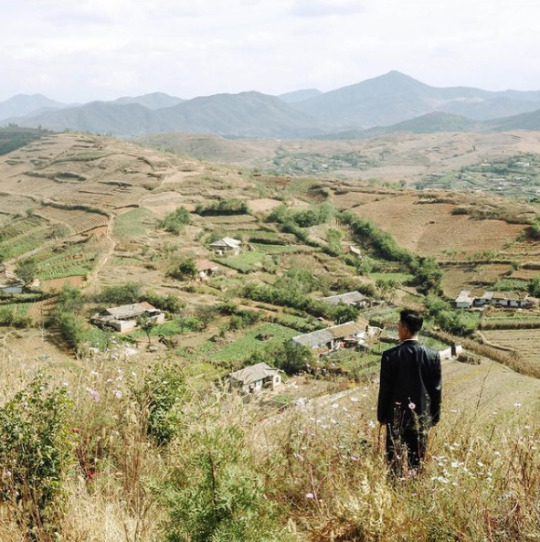
Hey, I'm back again with a very scary "tankie" post that asks you to think of North Koreans as people, and to consider their country not as a cartoonish dystopia, but as a nation that, like any other place on earth, has culture, traditions, and history.
Below is a collection of pictures from various cities and places in North Korea, along with a brief dive into some of the historical events that informs life in the so-called "hermit kingdom."
Warning: very long post
Kaesong, the historic city
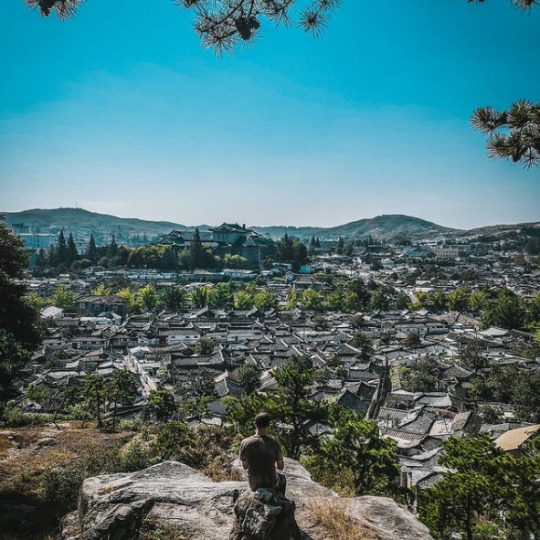
Beginning this post with Kaesong, one of the oldest cities in Korea. It's also one of the few major cities in the DPRK (i.e. "North Korea") that was not completely destroyed during the Korean war.
Every single city you'll see from this point on were victims of intense aerial bombardments from the U.S. and its allies, and had to be either partially or completely rebuilt after the war.
From 1951 to 1953, during what has now become known as the "forgotten war" in the West, the U.S. dropped 635,000 tons of bombs over Korea — most of it in the North, and on civilian population centers. An additional 32,000 tons of napalm was also deployed, engulfing whole cities in fire and inflicting people with horrific burns:
For such a simple thing to make, napalm had horrific human consequences. A bit of liquid fire, a sort of jellied gasoline, napalm clung to human skin on contact and melted off the flesh. Witnesses to napalm's impact described eyelids so burned they could not be shut and flesh that looked like "swollen, raw meat." - PBS
Ever wondered why North Koreans seem to hate the U.S so much? Well...
Keep in mind that only a few years prior to this, the U.S. had, as the first and only country in the world, used the atomic bomb as a weapon of war. Consider, too, the proximity between Japan and Korea — both geographically and as an "Other" in the Western imagination.
As the war dragged on, and it became clear the U.S. and its allies would not "win" in any conventional sense, the fear that the U.S. would resort to nuclear weapons again loomed large, adding another frightening dimension to the war that can probably go a long way in explaining the DPRK's later obsession with acquiring their own nuclear bomb.
But even without the use of nuclear weapons, the indiscriminate attack on civilians, particularly from U.S. saturation bombings, was still horrific:
"The number of Korean dead, injured or missing by war’s end approached three million, ten percent of the overall population. The majority of those killed were in the North, which had half of the population of the South; although the DPRK does not have official figures, possibly twelve to fifteen percent of the population was killed in the war, a figure close to or surpassing the proportion of Soviet citizens killed in World War II" - Charles K. Armstrong
On top of the loss of life, there's also the material damage. By the end of the war, the U.S. Air Force had, by its own estimations, destroyed somewhere around 85% of all buildings in the DPRK, leaving most cities in complete ruin. There are even stories of U.S. bombers dropping their loads into the ocean because they couldn't find any visible targets to bomb.
What you'll see below of Kaesong, then, provides both a rare glimpse of what life in North Korea looked like before the war, and a reminder of what was destroyed.
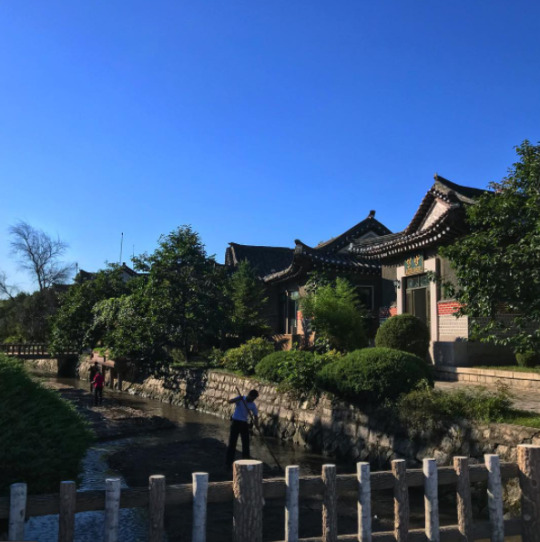
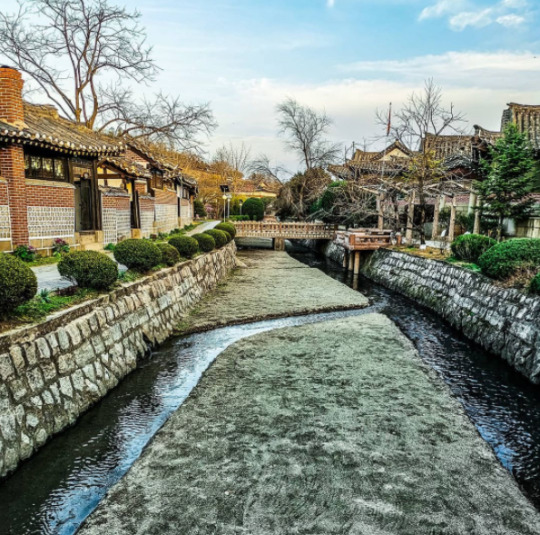
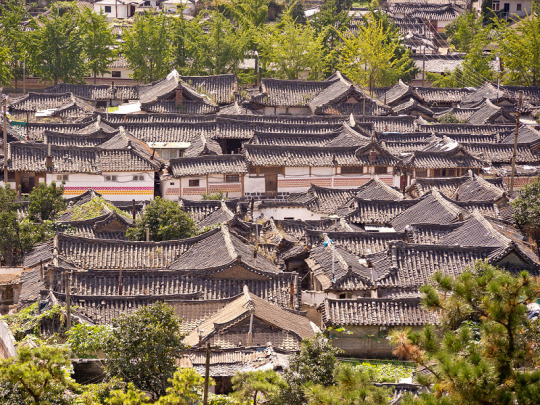
Kaesong's main street, pictured below.
Due the stifling sanctions imposed on the DPRK—which has, in various forms and intensities, been in effect since the 1950s—car ownership is still low throughout the country, with most people getting around either by walking or biking, or by bus or train for longer distances.
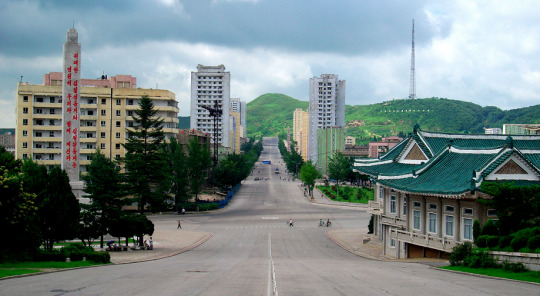
Kaesong, which is regarded as an educational center, is also notable for its many Koryŏ-era monuments. A group of twelve such sites were granted UNESCO world heritage status in 2013.
Included is the Hyonjongnung Royal Tomb, a 14th-century mausoleum located just outside the city of Kaesong.
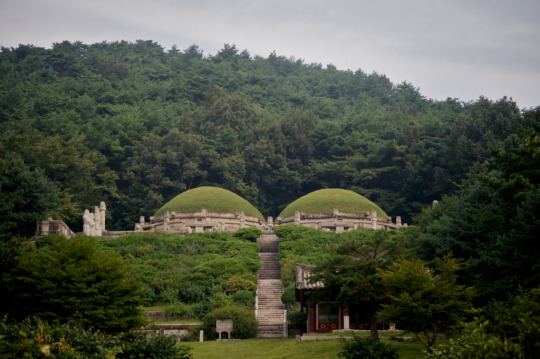
One of the statues guarding the tomb.
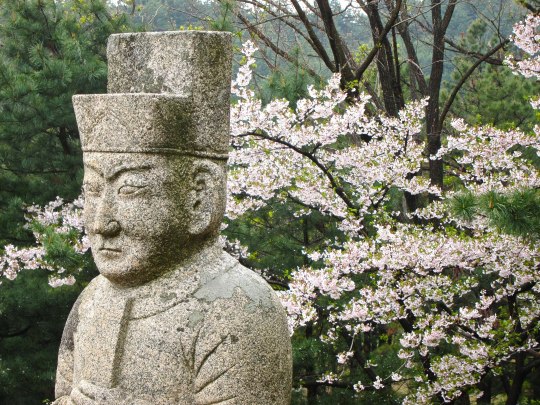
Before moving on the other cities, I also wanted to showcase one more of the DPRK's historical sites: Pohyonsa, a thousand-year-old Buddhist temple complex located in the Myohyang Mountains.
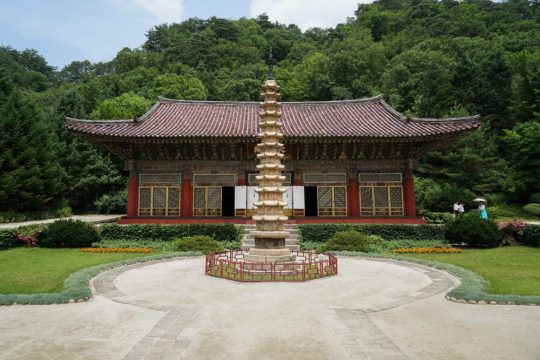
Like many of DPRK's historic sites, the temple complex suffered extensive damage during the Korean war, with the U.S. led bombings destroying over half of its 24 pre-war buildings.
The complex has since been restored and is in use today both as a residence for Buddhist monks, and as a historic site open to visitors.
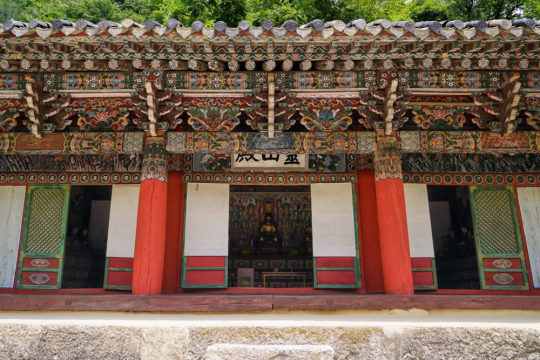
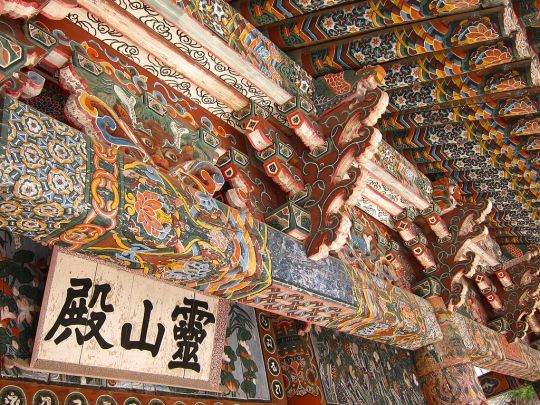
Hamhung, the second largest city in the DPRK.
A coastal city located in the South Hamgyŏng Province. It has long served as a major industrial hub in the DPRK, and has one of the largest and busiest ports in the country.
Hamhung, like most of the coastal cities in the DPRK, was hit particularly hard during the war. Through relentless aerial bombardments, the US and its allies destroyed somewhere around 80-90% percent of all buildings, roads, and other infrastructure in the city.
Now, more than seventy years later, unexploded bombs, mortars and pieces of live ammunition are still being unearthed by the thousands in the area. As recently as 2016, one of North Korea's bomb squads—there's one in every province, faced with the same cleanup task—retrieved 370 unexploded mortar rounds... from an elementary school playground.
Experts in the DPRK estimate it will probably take over a hundred years to clean up all the unexploded ordnance—and that's just in and around Hamhung.
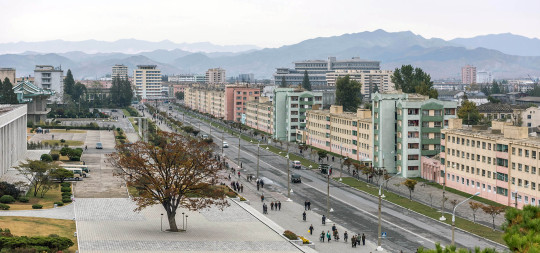
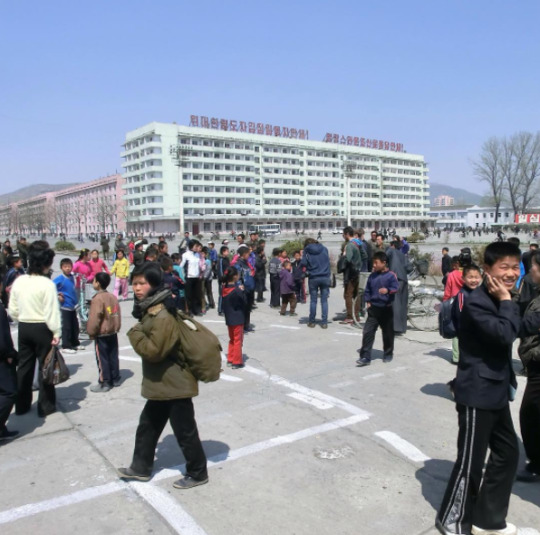

Hamhung's fertilizer plant, the biggest in North Korea.
When the war broke out, Hamhung was home to the largest nitrogen fertilizer plant in Asia. Since its product could be used in the creation of explosives, the existence of the plant is considered to have made Hamhung a target for U.S. aggression (though it's worth repeating that the U.S. carried out saturation bombings of most population centers in the country, irrespective of any so-called 'military value').
The plant was immediately rebuilt after the war, and—beyond its practical use—serves now as a monument of resistance to U.S. imperialism, and as a functional and symbolic site of self-reliance.
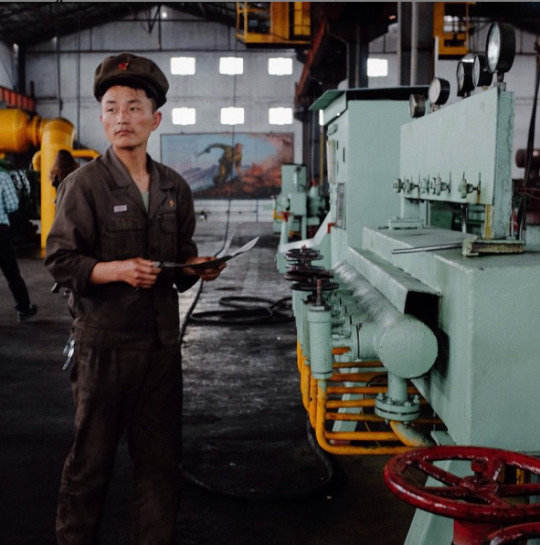
Chongjin, the third largest city in the DPRK.
Another coastal city and industrial hub. It underwent a massive development prior to the Korean war, housing around 300,000 people by the time the war broke out.
By 1953, the U.S. had destroyed most of Chongjin's industry, bombed its harbors, and killed one third of the population.
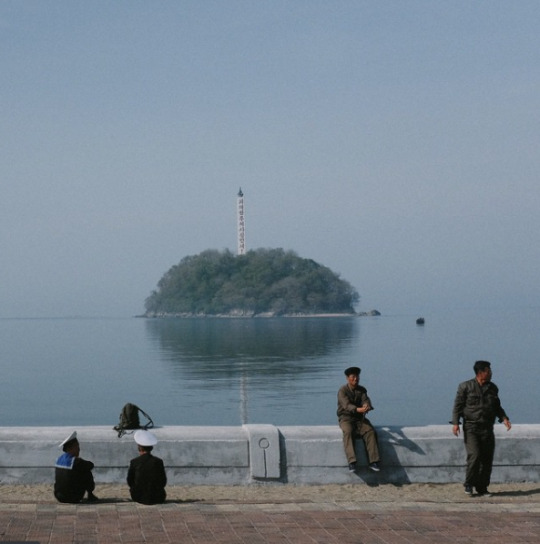
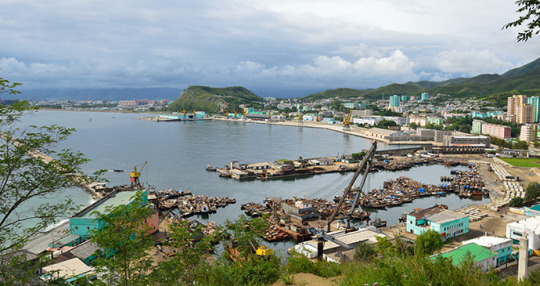
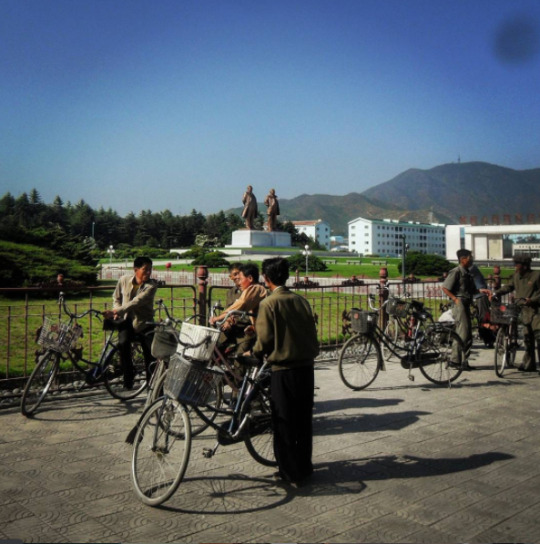
Wonsan, a rebuilt seaside city.
The city of Wonsan is a vital link between the DPRK's east and west coasts, and acts today as both a popular holiday destination for North Koreans, and as a central location for the country's growing tourism industry.
Considered a strategically important location during the war, Wonsan is notable for having endured one of the longest naval blockades in modern history, lasting a total of 861 days.
By the end of the war, the U.S. estimated that they had destroyed around 80% of the city.
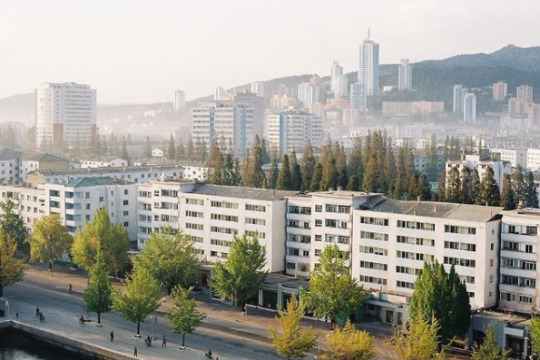
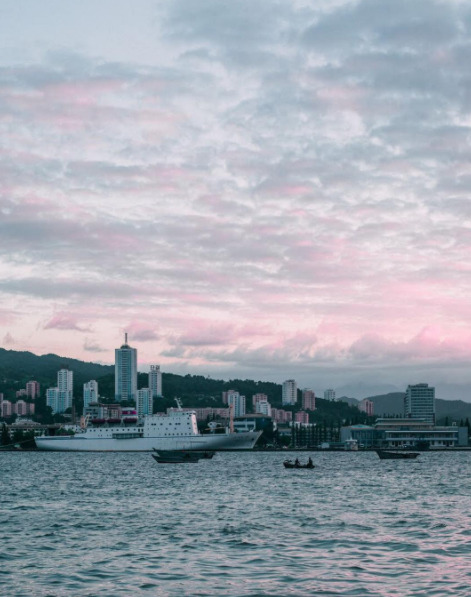
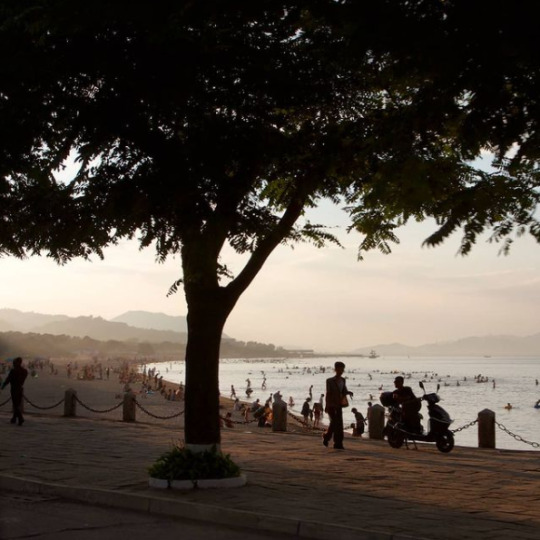
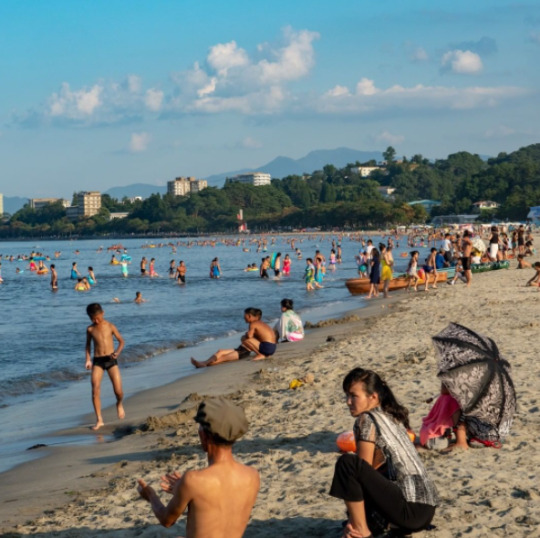
Masikryong Ski Resort, located close to Wonsan. It opened to the public in 2014 and is the first, I believe, that was built with foreign tourists in mind.
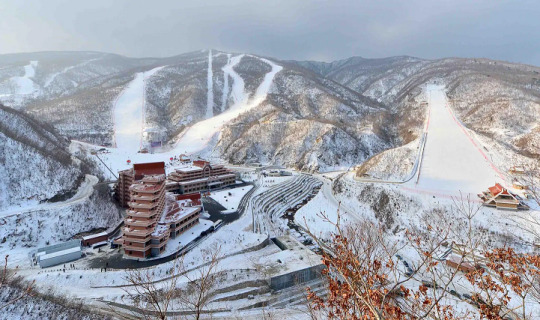
Sariwon, another rebuilt city
One of the worst hit cities during the Korean War, with an estimated destruction level of 95%.
I've written about its Wikipedia page here before, which used to mockingly describe its 'folk customs street'—a project built to preserve old Korean traditions and customs—as an "inaccurate romanticized recreation of an ancient Korean street."
No mention, of course, of the destruction caused by the US-led aerial bombings, or any historical context at all that could possibly even hint at why the preservation of old traditions might be particularly important for the city.
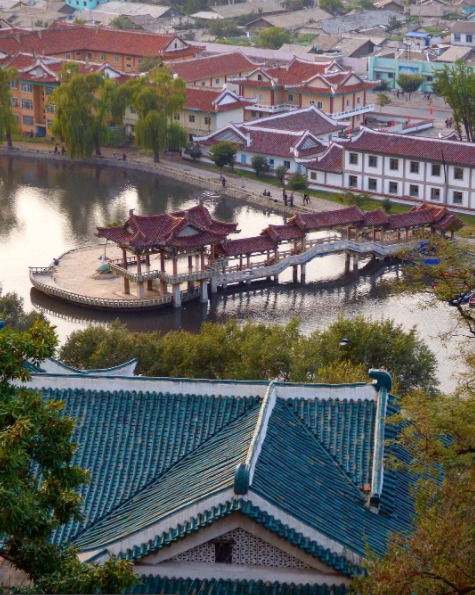
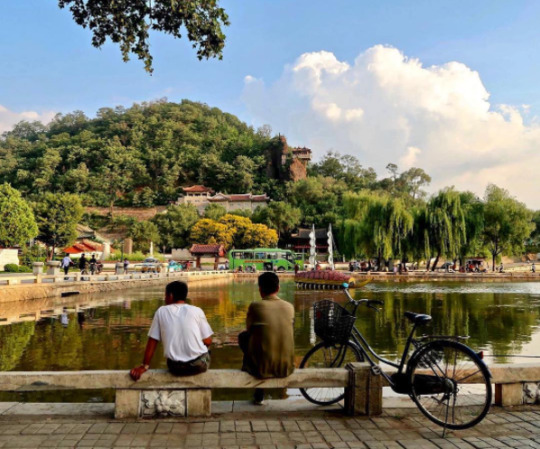

Life outside of the towns and cities
In the rural parts of the DPRK, life primarily revolves around agriculture. As the sanctions they're under make it difficult to acquire fuel, farming in the DPRK relies heavily on manual labour, which again, to avoid food shortages, requires that a large portion of the labour force resides in the countryside.
Unlike what many may think, the reliance on manual labour in farming is a relatively "new" development. Up until the crisis of the 1990s, the DPRK was a highly industrialized nation, with a modernized agricultural system and a high urbanization rate. But, as the access to cheap fuel from the USSR and China disappeared, and the sanctions placed upon them by Western nations heavily restricted their ability to import fuel from other sources, having a fuel-dependent agricultural industry became a recipe for disaster, and required an immediate and brutal restructuring.
For a more detailed breakdown of what lead to the crisis in the 90s, and how it reshaped the DPRKs approach to agriculture, check out this article by Zhun Xu.
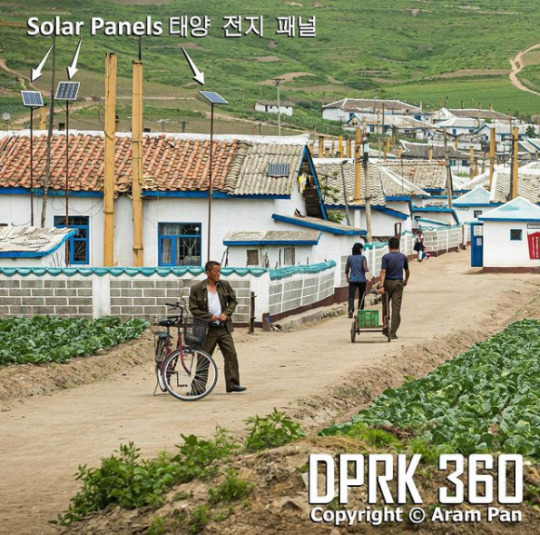
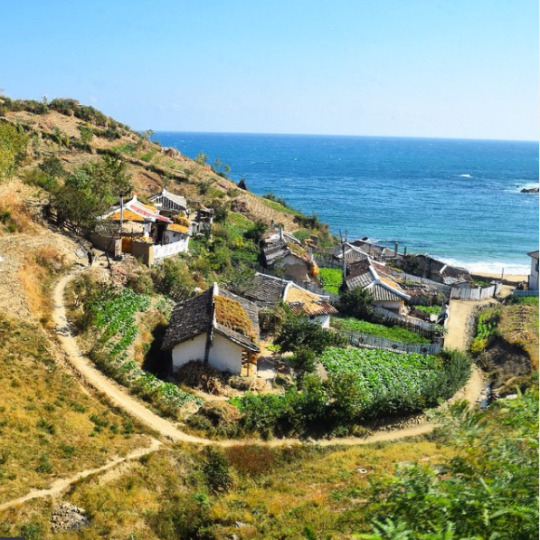
Some typical newly built rural housing, surrounded by farmland.
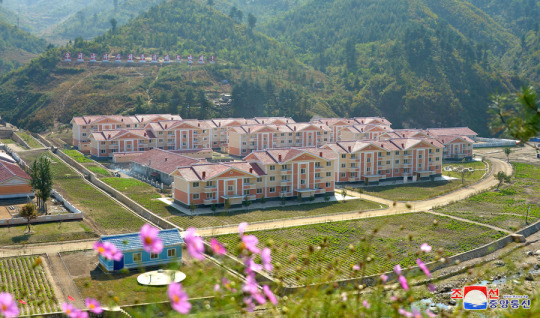
Tumblr only allows 20 pictures per post, but if you want to see more pictures of life outside Pyongyang, check out this imgur album.
#dprk#north korea#i've had this post unfinished in drafts for almost a year#also sorry about the spelling and potential formatting issues it's a nightmare to edit at this point#it was literally just meant to be a collection of picture and then the writing just sort of happened#enjoy the brief heritageposts history lesson i guess
7K notes
·
View notes
Text








Scotland’s World Heritage Sites span millennia—etched in stone, cast in iron, and rooted deep in the land.
On #WorldHeritageDay, we honour the places that carry history forward.
🏛️ Scotland’s UNESCO World Heritage Sites:
St Kilda — A remote archipelago in the Outer Hebrides, notable for its dramatic landscapes, seabird colonies, and 4,000 years of human history. It holds dual status for both natural and cultural heritage.
Old and New Towns of Edinburgh — A unique urban landscape where medieval alleyways meet Georgian elegance, showcasing centuries of architectural and civic development.
Heart of Neolithic Orkney — A collection of prehistoric monuments, including Skara Brae, Maeshowe, the Stones of Stenness, and the Ring of Brodgar, offering insight into Neolithic life.
New Lanark — An 18th-century mill village on the River Clyde, renowned for its role in social reform and industrial innovation under Robert Owen.
The Antonine Wall — The northernmost frontier of the Roman Empire in Britain, representing Roman military engineering and imperial ambition.
The Forth Bridge — A 19th-century cantilever railway bridge spanning the Firth of Forth, celebrated as a masterpiece of engineering and design.
The Flow Country — Designated in 2024, this vast peatland in Caithness and Sutherland is the world’s largest blanket bog, recognised for its ecological importance and role in carbon storage.
#scotland#scottish#travel#scenery#landscape#nature#travel inspiration#scottish highlands#landscape photography#UNESCO
289 notes
·
View notes
Text
"Discarded shells from restaurants and hotels are being used to restore damaged oyster ecosystems, promote biodiversity and lower pollution in the city’s bays...
Nestled in between the South China Sea and the Pearl River Delta, Hong Kong has been seen historically as an oyster hotspot. “They have been supporting our livelihood since ancient times,” says Anniqa Law Chung-kiu, a project manager at the Nature Conservancy (TNC) in Hong Kong. “Both oysters and their shells are treasures to humans.”
Over the past five decades, however, the city’s sprawling urban development, water pollution, as well as the over-harvesting and frequent seafloor dredging by the lime industry – which uses the crushed shells to make construction material – have destroyed Hong Kong’s oyster habitats and made the waters less hospitable for biodiversity.
The more oyster colonies falter, the worse the problem gets: oysters are filter feeders and purify water by gobbling up impurities. Just one Hong Kong oyster can filter up to 200 litres of water a day, more than any other known oyster species. But decades of rapid industrialisation have largely halted their water-purifying services.
The depletion of Hong Kong’s natural oyster reefs also affects the ability of local farmers to sustainably cultivate their oysters in a healthy environment, denting the reputation of the city’s 700-year oyster farming tradition, designated by Unesco as an “intangible cultural heritage”.
Inhabitants of the coast feel abandoned, says Ken Cheng Wai-kwan, the community leader of Ha Pak Nai on Hong Kong’s Deep Bay, facing the commercial city of Shenzhen in China. “This place is forgotten,” Cheng says. “Oysters have been rooted here for over 400 years. I ask the question: do we want to lose it, or not?”
A group of activists and scientists are taking up the challenge by collecting discarded oyster shells and recycling them to rebuild some of the reefs that have been destroyed and forgotten in the hope the oysters may make a comeback. They’ve selected locations around the island where data they’ve collected suggests ecosystems still have the potential to be rebooted, and there are still enough oyster larvae to recolonise and repopulate reefs. Ideally, this will have a positive effect on local biodiversity as a whole, and farming communities.
Farmers from Ha Pak Nai were among the first to hand over their discarded shells to the TNC team for recycling. Law’s team works with eight oyster farmers from Deep Bay to recycle up to 10 tonnes of shells every year [over 22,000 pounds]. They collect an average of 870kg every week [over 1,900 pounds] from 12 hotels, supermarkets, clubhouses and seafood restaurants in the city, including some of its most fashionable establishments. About 80 tonnes of shells [over 176,000 pounds] have been recycled since the project began in 2020.
Restaurants will soon be further incentivised to recycle the shells when Hong Kong introduces a new fee for waste removal – something that is routine in many countries, but only became law in Hong Kong in July and remains controversial...
Preliminary data shows some of the restored reefs have started to increase the levels of biodiversity, but more research is needed to determine to what extent they are contributing to the filtering of the water, says Law.
Scientists from the City University of Hong Kong are also looking to use oyster shells to increase biodiversity on the city’s concrete seawalls. They hope to provide tiny, wet shelter spots around the seawall in which organisms can find refuge during low tide.
“It’s a form of soft engineering, like a nature-based solution,” says Charlene Lai, a research assistant on the team."
-via The Guardian, December 22, 2023
#oyster#oyster farming#sea shells#seafood#hong kong#ecosystem restoration#biodiversity#ecosystem#water pollution#clean water#cultural heritage#marine life#marine animals#marine science#good news#hope
810 notes
·
View notes
Text

Archaeologists Discover 5 Stunning Roman Statues In Ancient City of Perge
Archaeologists unearthed five Roman statues in Perge (Greek: Πέργη), a well-preserved ancient city in today’s Turkey, highlighting the rich artistic legacy of Greek and Roman cultures.
A city rooted in Greek heritage
While its early history remains debated, Perge likely saw Greek settlement by the 7th century BC, possibly as a colony of Rhodes. After Alexander the Great’s conquests the city flourished. By the 2nd century BC, it began minting its own coins, often depicting the Greek goddess Artemis and her temple.
The city quickly became an important hub for trade, culture, and art under Greek influence. The city’s urban design reflects classical Greek architectural principles, including its grand colonnaded streets, theaters, and temples.

Perge’s significance grew when it became part of the Roman Empire in the 1st century B.C., blending Greek artistic traditions with Roman innovation.
Perge has been on the UNESCO World Heritage Tentative List since 2009 for its historical and cultural importance.
Remarkable discoveries of ancient statues
The latest excavation efforts have revealed five statues, each offering a glimpse into the artistic excellence of the era.
Among them is a 2-meter-tall statue of Aphrodite, the Greek goddess of love and beauty, depicted seated on a dolphin beside Eros, the god of love. Archaeologists believe this statue, dating to the 2nd century A.D., exemplifies Roman adaptations of Greek mythology, merging divine symbolism with lifelike artistry.
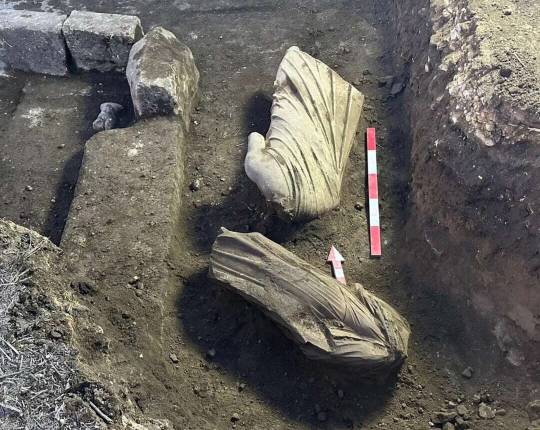
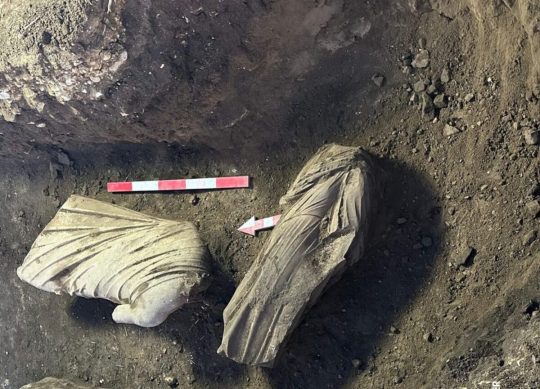
Nearby, researchers uncovered a 1.87-meter statue of a clothed woman, attributed to the Severan Period, known for its refined sculptural techniques.
Another similar statue of a clothed female figure, found in two pieces, further underscores the city’s commitment to detailed and realistic art.
On the Eastern Street of Perge, excavations revealed two additional statues – a clothed man and woman standing side by side.
These discoveries provide valuable insights into the social structures and sculptural traditions of the ancient Greek city of Perge, highlighting the city’s role as a center of artistic production.
A blend of Greek and Roman artistic traditions
Perge’s art and architecture illustrate a seamless blend of Greek and Roman influences. While the city’s early structures reflect Greek designs, Roman rule introduced grand monuments, lifelike sculptures, and detailed frescoes.
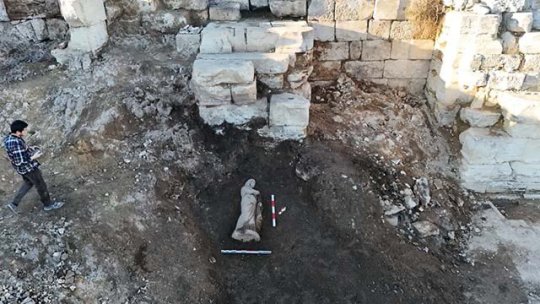
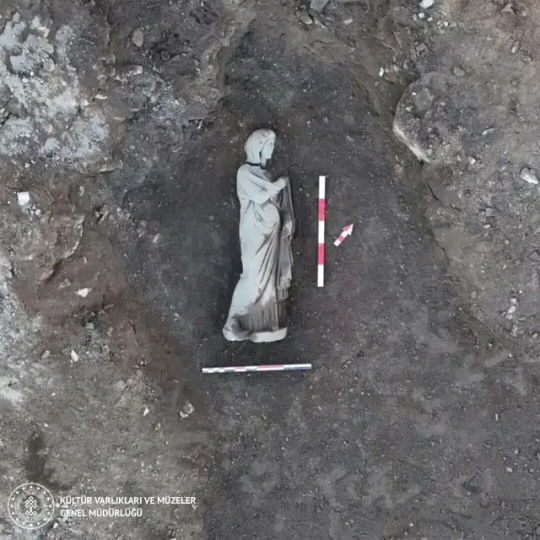
Roman Imperial art, flourishing from the 1st century B.C. to the 5th century A.D., drew heavily from Greek and Etruscan traditions. It emphasized realism, human expression, and monumental scale.
The newly discovered artifacts highlight Perge’s importance as an artistic hub where Greek mythology and Roman craftsmanship converged, enriching the region’s cultural tapestry.
Preserving Perge’s legacy
The excavations are part of the “Heritage to the Future Project,” an initiative to preserve and promote Perge’s cultural legacy for future generations. As archaeological efforts continue, Perge remains a testament to the artistic and cultural brilliance of the ancient Greek and Roman civilizations.
By Nisha Zahid.
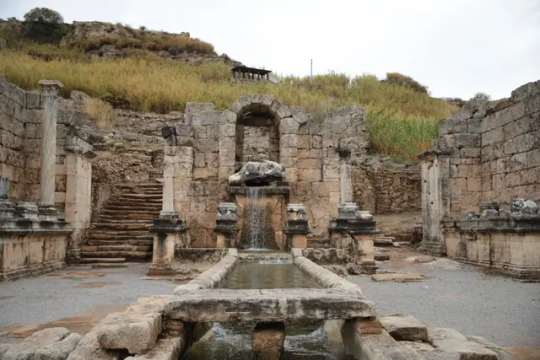
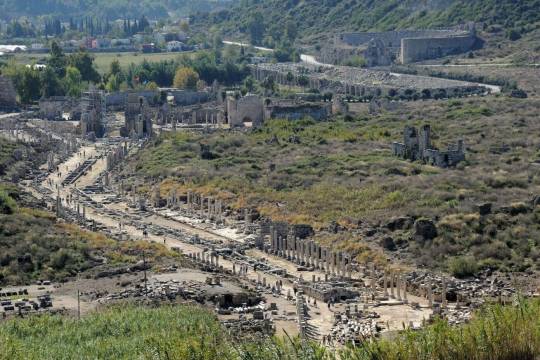
#Archaeologists Discover 5 Stunning Roman Statues In Ancient City of Perge#statue#marble statue#marble sculpture#ancient artifacts#archeology#history#history news#ancient history#ancient culture#ancient civilizations#roman history#roman empire#roman art#greek art#ancient art#turkey
99 notes
·
View notes
Photo
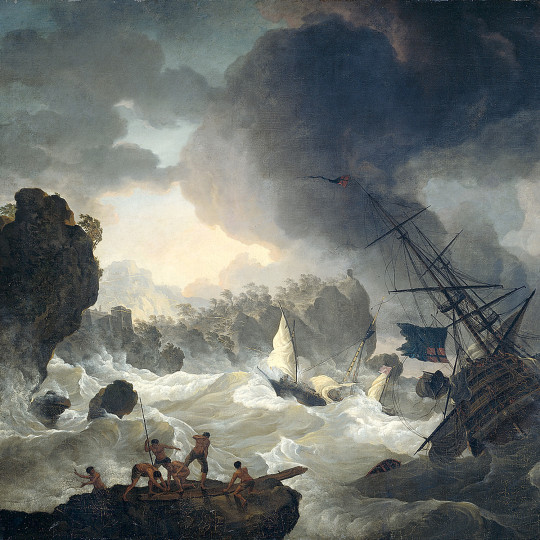
According to UNESCO, an estimated three million shipwrecks are scattered in the oceans’ deep canyons, trenches, and coral reefs and remain undiscovered. These shipwrecks preserve historical information and provide clues about how people lived in the past. The term ‘underwater cultural heritage’ refers to traces of human existence and activity found on ancient sunken ships or retrieved cargo such as bronze statues and priceless artworks. The Spanish treasure galleon, Nuestra Señora de Atocha, is the world’s most valuable shipwreck, estimated to be worth over USD 400 million. It was part of the Tierra Firme fleet of 28 ships bound for Spain from Cuba in 1622 and carried the Spanish Empire's wealth onboard – creamy pearls from Venezuela, glittering Colombian emeralds, and over 40 tons of gold and silver. The Atocha sailed into a hurricane off the coast of Key West, Florida, and sank. Its riches were discovered in 1985 by famed treasure hunter Mel Fisher (1922-1998). Thanks to virtual exhibitions and tours, you do not need diving skills to explore the oceans’ underwater cultural heritage. You can take a panoramic tour of Henry VIII of England’s (r. 1509-1547) favourite ship, the carrack Mary Rose, which sank in the English Channel during the Battle of the Solent on 19 July 1545. Want to see a 2,700-year-old Phoenician shipwreck submerged in the central Mediterranean? The virtual museum ‘Underwater Malta’ has a 3D model of the ship and app on Google Play. Fascinated to know what the wealth of the Spanish Empire looked like? Take a tour of Mel Fisher’s virtual treasures and the Atocha. There are countless virtual maritime museum displays, but let us take a look at five shipwrecks with interesting stories to tell.
123 notes
·
View notes
Text

(Quds) As the world marked World Heritage Day on Friday, human rights group Al-Haq highlighted Israel's targeting of several Palestinian sites, including several listed by UNESCO, as an attempt to suppress Palestinian culture and heritage.
Al-Haq warned of increasing threats to the Al-Makhrour region in Bethlehem due to Israeli settlement expansion, which endangers its ancient terraced farms and biodiversity.
The Al-Makhrour and Battir area, farmed by Palestinians for generations, is marked out for its unique cultural and agricultural landscape, irrigation system, and archaeological significance.
Other Palestinian World Heritage sites under threat, including Hebron’s Old Town, the Old City of Jerusalem and its Walls and Saint Hilarion Monastery/Tell Umm Amer in Gaza.
#palestine#free palestine#gaza#free gaza#current events#yemen#jerusalem#tel aviv#israel#palestine news
41 notes
·
View notes
Text
Hawker culture is so central to Singapore life that we have led a successful campaign to have the practice inscribed on the 2020 UNESCO Representative List of the Intangible Cultural Heritage of Humanity. Now, McDonald’s Singapore has come out with three uniquely hawker-inspired burgers. Two Satay Burgers (沙爹汉堡) which are available now and Ha Cheong Gai Chicken Burger to arrive from 8th August 2024 onward.

youtube
So on the way back home, I detoured to the McDonald’s nearest home and bought the Satay Chicken Burger Special (S$9.90) set meal with Crisscut Fries and upgraded (top up S$1.65) my drink to the Thai Milk Tea Frappé.


The Satay Chicken Burger (沙爹鸡肉汉堡) is not the tall handsome burger projected in the advertisement, more on the flat side. And the grilled chicken is skinny and overcooked on one side so that it is tough for my burger but I will give it the benefit of doubt since today is their first launch day. There are also slices of crisp cucumber and onions with satay sauce between the two toasted sesame seeds buns. The peanut sauce is mildly spicy with a sweet and nutty flavour. I do wish the peanut profile is stronger, however.


The very next day, I bought the S$8.90 Satay Beef Burger Meal (沙爹牛肉汉堡) with medium French Fries and topped up S$0.75 to change my gassy drink to a small Ice Green Tea. I also ordered an ala carte Satay Chicken Burger (S$7.95) for mum which she enjoyed. After having eaten both, my preference goes to the grilled chicken version as it is more succulent and juicier. The beef burger is a tad dry due to the thinner patty, maybe more of the peanut sauce would do the trick.



Topmost image and video courtesy of McDonald’s Singapore.
#McDonald’s#Satay Chicken Burger#沙爹鸡肉汉堡#Satay Beef Burger#沙爹牛肉汉堡#Hawker Favourites#Limited Time Promotion#New Product#Satay Sauce#Peanut Sauce#Cucumber#Onions#Sesame Seeds Bun#Crisscut Fries#French Fries#Potato#Thai Milk Tea Frappé#Spicy#Sweet#Ice Green Tea#Set Meal#Asian Flavour#Youtube#Fast Food#Food#Buffetlicious
66 notes
·
View notes
Text

Here's some fado...
Fado is a Portuguese musical style. Although its origins are subject to debate, as an urban popular song it developed mainly from Lisbon in the late 19th century.[1] It is usually sung by a single person (fado singer) accompanied by a classical guitar (called a viola in fado circles) and a Portuguese guitar. Fado was elevated to the category of Cultural and Intangible Heritage of Humanity by UNESCO.
#afol#legominifigures#legophotography#legomoc#legomania#legostagram#toyphotography#minifigures#legoart#legocommunity
27 notes
·
View notes
Text

Nativity scenes, (Polish: szopka krakowska) are a Christmas tradition originating from Kraków, Poland, and dating back to the 19th century. An unusual and characteristic feature of the szopka is the use of historical buildings of Kraków as a backdrop for the Nativity of Jesus. In 2018, it was inscribed on the list of UNESCO Intangible Cultural Heritage of Humanity.
39 notes
·
View notes
Text
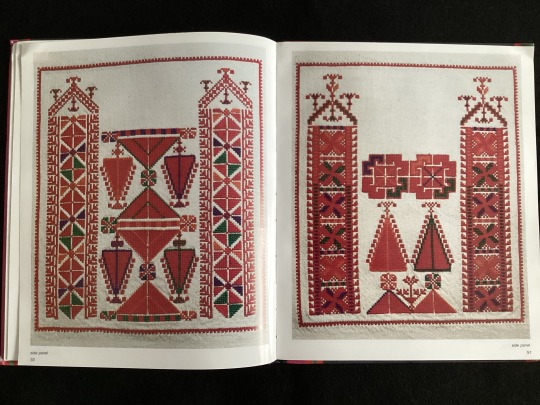
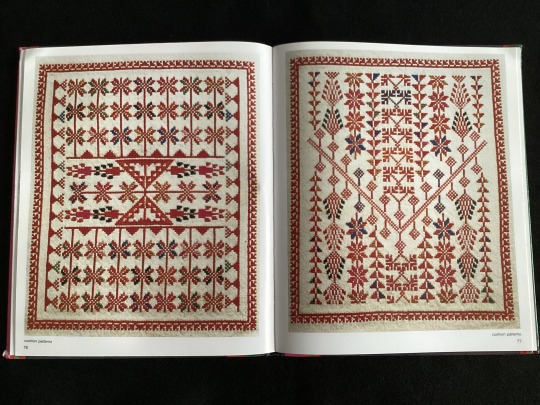

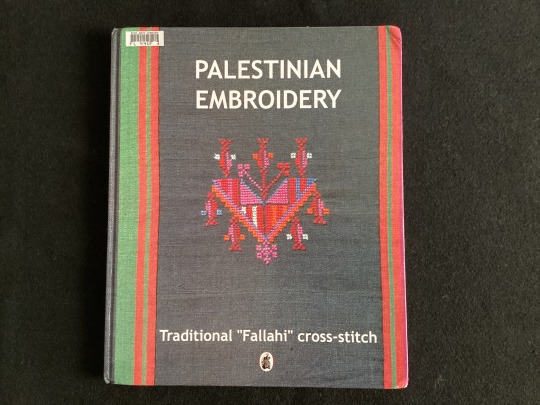
The art of embroidery in Palestine, practices, skills, knowledge, and rituals was inscribed into UNESCO’s Intergovernmental Committee for the Safeguarding of the Intangible Cultural Heritage in 2021.
According to the Nomination file No. 01722 for inscription in 2021 on the Representative List of the Intangible Cultural Heritage of Humanity, it was described as:
“The art of embroidery is widespread in all cities, villages, and camps of Palestine, and is rooted there since the Canaanite era. The Palestinian embroidery was affected by the multiplicity of places in which it originated or moved to and due to the inter-cultural process after the exodus of the Palestinians in 1948, but the style and method of embroidery remained the same. Palestinian women carried their embroidery art with them to their places of refuge in all parts of the world as a symbol of national identity and pride. In view of the development in the means of communication and outreach, embroidery has become widespread and influential in neighbouring countries, as it has taken modern patterns while retaining the known traditional form that is distinguished from the rest of the forms of embroidery in the world as it carries the story of Palestinian women and summarizes their style and their relationship to land and life.”
February is National Embroidery Month. We want to highlight this beautiful heritage of embroidery in Palestine, amid destruction of cultural and historical heritage sites in Gaza. According to an article on the Guardian on February 4th, more than 200 buildings of cultural or historical significance have been destroyed in Gaza.
Palestinian cross-stitch embroidery, “fallahi” comes from the word “fallaha” which means farm woman, because it was embroidered mostly by village women.
Palestinian embroidery : traditional "Fallahi" cross-stitch Kawar, Widad and Nasir, Tania Tamari 2nd edition. Beirut : Al-Mo'assasa al-Aarabiyyah Lidirasat wa al-Nashr, 2003. English HOLLIS number: 990093496510203941
#PalestinianEmbroidery#Embroidery#PalestinianCraft#PalestinianArt#NationalEmbroideryMonth#fallahi#الغرزة الصليبية#SafeguardingCulturalHeritage#HarvardFineArtsLibrary#Fineartslibrary#Harvard#HarvardLibrary
121 notes
·
View notes
Text
Minas Cheese may become UNESCO World Heritage this year
If it secures the necessary votes, its preparation method will join the ranks of the 'Art of Neapolitan Pizzaiolo' and 'Arab Coffee' on UNESCO's list.

The "Traditional Ways of Making Minas Cheese" could be designated as an Intangible Cultural Heritage of Humanity by the end of this year. If confirmed, the addition to UNESCO’s list will be decided at the next session of the international organization’s committee, scheduled to take place in Asunción, Paraguay, from December 1 to 7. This would mark the first time a Brazilian gastronomic item receives such recognition.
— Brazilian flavors are one of our many riches. Culturally, making cheese brings with it the characteristics of a region and its people. The possibility of this distinctive artisanal Minas Cheese preparation receiving such recognition highlights the strength of this important and symbolic expression — says Culture Minister Margareth Menezes.
The artisanal production of Minas cheese was declared a heritage of the state of Minas Gerais in 2002. Five years later, in 2008, it also received national recognition from the National Institute of Historic and Artistic Heritage (Iphan). A request made by the Minas Gerais Association of Artisanal Cheese Producers (Amiqueijo) and the State Secretariat of Culture and Tourism of Minas Gerais led Iphan to submit the nomination to UNESCO in March 2023.
— The recognition proposal aims to give international visibility to this national cultural heritage, which has been a tradition for more than three centuries not only in Minas Gerais but throughout Brazil — states Leandro Grass, president of Iphan.
Continue reading.
27 notes
·
View notes
Text
i didn't know finnish glass was anything speshul @_@
113 notes
·
View notes